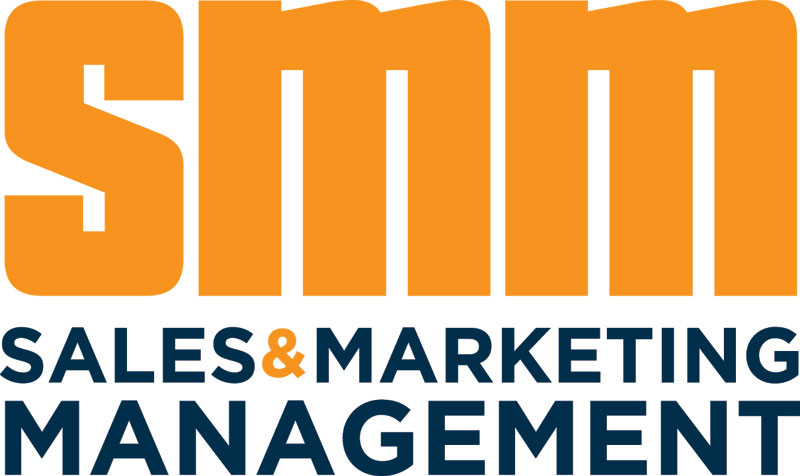White Papers & eBooks
|
In today’s evolving workplace, employee recognition is more important than ever. While salary, benefits, and career growth are key retention factors, a strong culture of appreciation can be the difference between high engagement and high turnover.
Download our latest insights on non-cash recognition programs to learn how companies are striking the perfect balance in rewarding employees—beyond just paychecks. Discover strategies to boost morale, retain top talent, and create a workplace where employees feel valued.
Why recognition matters in today’s workforce
How non-cash rewards drive engagement & loyalty
Best practices for impactful employee appreciation
Get your free download now and start building a recognition-driven workplace!
|
|
Why Incentive Travel Program Sponsors Are Including Non-Sales Workers
Incentive travel has long motivated sales teams, with programs like NCR’s 1910 trip for top sellers marking its early use. While traditionally tied to revenue-driven roles, companies now recognize that cash incentives lose effectiveness beyond a certain point.
Research shows that travel rewards are highly valued for fostering connections and offering unique experiences. Despite its high cost—averaging $4,900 per person—well-structured programs can pay for themselves by driving revenue. Industries like automotive, finance, pharmaceuticals, and tech continue to invest in these programs to maintain a competitive edge.
Download this report to learn how major companies are using Incentive travel in all areas to create greater success.
|
|
As the workplace evolves, so do the demands on leadership.
The way we lead, train, and develop people must adapt to shifting expectations and challenges. For 2025, three pivotal leadership development trends stand out.
Ignoring them could leave your organization falling behind—but embracing them can propel your team forward. Let’s explore these trends and how programs like Lead in 30 are designed to address them.
|
|
Where do you fall on the continuum of technology adoption? Are you an innovator, chomping at the bit to get your hands on new tools before everyone else? Do you lag the majority, resisting new tech until it’s an absolute must? Or, perhaps you’re like me, cautiously optimistic?
Cautiously optimistic has been my approach with generative artificial intelligence (AI). When ChatGPT set a historical record in 2023 as the fastest growing consumer application, I paid close attention to early adopters as they experimented with AI, before determining how I might incorporate this new wave of technology into my own ecosystem and work in measurement and evaluation (M&E).
Optimistic me was excited about the potential of generative AI to support and even revolutionize our approach to measuring learning outcomes. Yet, cautious me was quick to remember our industry’s challenge with "shiny, new object" syndrome. In the context of measuring and evaluating learning outcomes, is generative AI just another shiny new technology tool, or can it truly revolutionize the way we demonstrate learning impact?
|
|
ROI in Marketing is a comprehensive guide that empowers marketers to measure the return on investment (ROI) of their marketing efforts with precision. The book introduces the ROI Methodology®, a systematic approach that helps professionals assess the impact of their campaigns, promotions, and initiatives. A chapter will be shared with all attendees seeking to justify budgets and enhance the effectiveness of their work.
|
|
Despite growing popularity, marketing automation remains underutilized in many organizations that could greatly benefit from it. It can open a world of new opportunities for your business as described in our free ebook, Guide to Marketing Automation.
Marketing automation streamlines complex marketing processes, allowing companies to efficiently manage campaigns across multiple channels. By automating repetitive tasks like email marketing, segmentation, and lead scoring, it frees up valuable time for strategic planning and creativity.
Marketing automation streamlines your marketing efforts to:
1. Save time and money on your marketing efforts
2. Drive more sales
3. Get to know your clients better and strengthen customer relationships
4. Improve the user experience
5. Automate repetitive tasks
With Brevo, marketing automation has never been so intuitive and approachable. Don’t wait to take action and drive growth for your business.
|
|
They say what gets measured gets done. But are managers measuring the right metrics when trying to monitor the performance of their teams? Most workplace performance management processes have multiple conflicting intentions, according to an HR expert cited in this report. Insights shared here include five common-sense dynamics that capture a large part of an employee’s performance and why collaboration should be part of every worker’s performance metrics.
|
|
You know the old saying - great leaders are made, not born. But not all leaders are the same. Our research has found that leaders typically fall into one of three types. The first leader, known as the Pleaser wants consensus. The second type, known as the General values compliance. But the 3rd leader, known as the Creator, is different. They create clarity around what matters most.
What type of leader is your organization developing? Meet the 3rd Leader. Learn more in this white paper.
|
|
Download this special report loaded with additional findings from the study. Plus, you'll get insider tips for executive leaders and middle managers.
|
|
Your Personal Engagement Tool Kit
Bob Kelleher, President and Founder, The Employee Engagement Group
Click below to download this workbook for Bob Kelleher's 60-minute interactive webinar, 7 Tools to Unlock The Engagement of Your Team" where you'll learn the secrets to becoming a more engaged, motivated, and productive person, employee, and if applicable, manager, in this captivating and self-reflective session of self-discovery.
Bob will help managers, execs and leaders learn:
How to coach employees to booster their personal engagement
How to use polling exercises to get at the ‘undiscussables’ with your team
How to get your employees to go ‘above and beyond’
If you missed the live session, use this workbook in tandem with the On Demand webinar, available after 1/25/24. Better yet, click here to register and join us for the live session on 1/25.
|






















